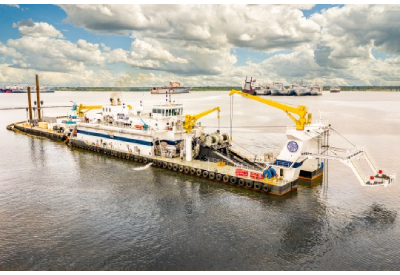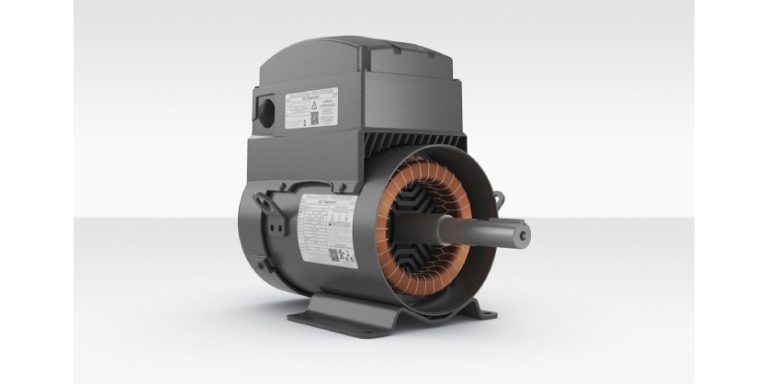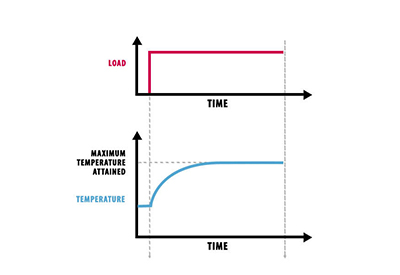New Year, New Demands: Tips for Eco-Friendly Data Centers in 2024
January 17, 2024
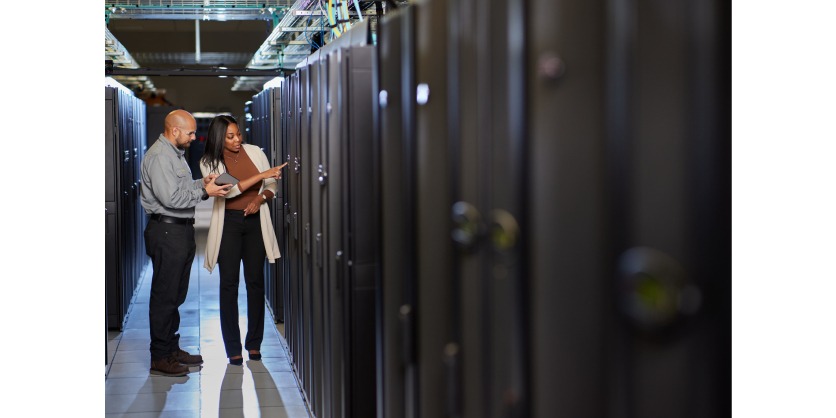
By James See, Director Power at Schneider Electric Canada
In the rapidly evolving digital landscape, where data serves as the lifeblood for businesses across diverse industries, the demand for resilient and scalable data centers has witnessed an unprecedented surge. The increasing reliance on artificial intelligence, cloud computing and big data analytics that allows us to lead a modern, digitized, and data-driven life, is driving a substantial increase in the demand for resilient and scalable data centers. As we gear up to navigate the industry demands in the new year, it’s crucial to address the growing environmental concerns surrounding energy-intensive data center operations.
According to the International Energy Agency (IEA), the demand for digital services is growing rapidly. Since 2010, the number of internet users worldwide has more than doubled, while global internet traffic has multiplied by 20. The data centers and data transmission networks that support digitization have led to an increase in energy consumption. Despite rapid improvements in energy efficiency, these digital infrastructures continue to account for a significant share of global electricity consumption, emphasizing the urgent need for sustainable practices.
In Canada, every year data centers consume about one per cent of the nation’s energy. About half of the energy consumed in a data centre is used by computing servers. To address this challenge, nowadays it is possible to find innovative technologies and hardware solutions that can help existing data centers become more sustainable. By optimizing energy efficiency, reducing carbon emissions, and improving overall operational resilience, data centers can operate responsibly while contributing to a greener future.
To achieve sustainable data center transformation in the new year, consider the following checklist:
Set a bold, actionable strategy, and measurable targets with transparent, external reporting is the way forward. Data-driven consultations help create an actionable strategy to reach climate and sustainability ambitions.
Implement sustainable data center designs that prioritize longevity, serviceability, and lower embodied carbon in product selection where digital monitoring and automation are built throughout the design.
Drive sustainability in operations by monitoring and data analytics to enhance performance. Aging infrastructure should be digitized and software tools should be utilized to identify inefficiencies and manage maintenance for on-premise software. Maintenance and modernization services optimize system lifespan and performance, and end-of-life plan.
Buy renewable energy. Scope 2 emissions can be tackled with a comprehensive renewable procurement strategy. Long-term goals can be met through a mix of procurement options that can include onsite, PPAs, EACs, and offsets.
Decarbonize supply chains. Scope 3 emissions can be tackled with a supply chain decarbonization program. Measure your supply chain’s carbon emissions, establish targets, and engage with partners with Scope 3 footprint evaluation and hands-on supply chain engagement workshops.
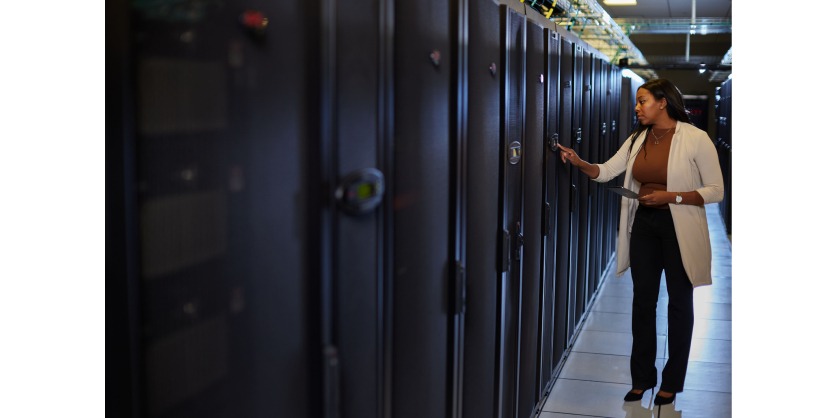
It is also necessary to keep in mind integrated solutions aimed at increasing the operational resilience of data centers, including:
- Energy Efficiency Solutions: Current technological and hardware solutions are designed to maximize energy efficiency in data centers. One key aspect is the adoption of advanced power management systems. These intelligent systems optimize energy consumption by monitoring, controlling, and optimizing power distribution throughout the data center infrastructure. By intelligently managing power usage and minimizing waste, it is possible to significantly reduce energy costs and carbon footprint.
- Renewable Energy Integration: To further enhance sustainability, solutions can be incorporated to integrate renewable energy sources into existing data centers. By harnessing solar, wind, or other renewable resources, data centers can reduce their reliance on fossil fuels and mitigate their carbon emissions
- Lifecycle Management and Sustainability Services: Implement comprehensive lifecycle management and sustainability services that help data center operators minimize waste, extend equipment lifespan, and improve overall operational efficiency.
Today’s technology and hardware solutions offer a pathway to transforming existing data centers into sustainable and environmentally responsible facilities. Through energy efficiency optimization, renewable energy integration, and comprehensive lifecycle management services, data center operators can significantly reduce their carbon footprint and increase operational resilience.
As organizations increasingly prioritize sustainability next year, partnering with industry experts will enable data centers to align their operations with global environmental goals while remaining at the forefront of technological advancements.
More Information
Related Story
Schneider Electric Launches New R&D and Testing Facility in Quebec to Support the Global Digital Buildings’ Sector
Schneider Electric, a global leader in the digital transformation of energy management and automation, has announced the grand opening of the Schneider Electric Innovation Lab: Digital Buildings facility in Montreal. This new lab is set to advance innovation in R&D and testing for digital building applications for the global market.


